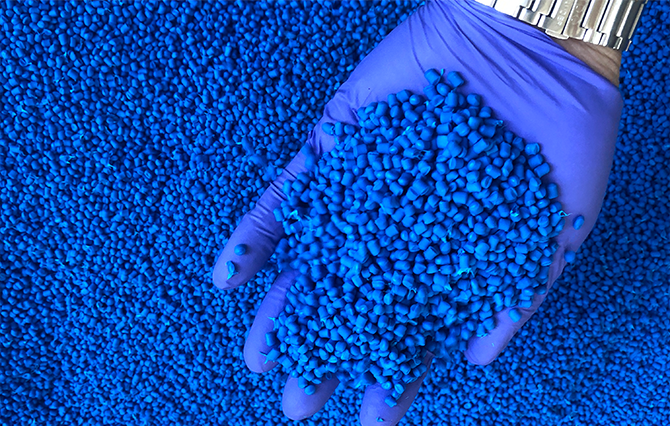Understanding the Variations Among Pipes, Tubes, and Hoses in Applications
The Difference Between Pipe, Tube, and Hose
When it comes to fluid transport, the terms pipe, tube, and hose are often used interchangeably, but they refer to distinct components with unique characteristics and applications. Understanding the differences between these three can help in selecting the right material for specific projects, whether they are for industrial, residential, or commercial use.
Pipe
Pipes are primarily designed for the transportation of fluids and gases. They are characterized by their round shape and are manufactured to strict standards that dictate their diameter, thickness, and pressure ratings. Pipes are typically measured by their nominal pipe size (NPS) or diameter, which lacks consideration of the actual outer diameter and wall thickness. Standard materials for pipes include steel, PVC, copper, and ductile iron. They are often utilized in plumbing systems, industrial applications, and municipal supply lines due to their robustness and ability to handle high pressure.
Tube
difference between pipe tube and hose

Tubes also transport fluids, but differ from pipes in several ways. Tubes can be made in various shapes, including round, square, and rectangular, and they are measured by their actual outer diameter and wall thickness. This makes tubes more versatile as they can be used for structural applications, such as frames for machinery or furniture, in addition to fluid transport. Tubes are typically produced from materials such as stainless steel, aluminum, and plastics, and are often used in scenarios where precision and custom dimensions are required, such as medical devices or aerospace applications.
Hose
Hoses are flexible and are primarily used to move liquids or gases in environments where flexibility is needed. Unlike pipes and tubes, hoses are often designed to withstand movement, bending, or twisting while maintaining their integrity. They are constructed from materials such as rubber, thermoplastics, or reinforced fabrics to allow for durability and flexibility under various pressure conditions. Hoses are commonly used in applications such as garden watering, automotive systems, and industrial machinery where movement or frequent connection and disconnection are necessary.
Conclusion
In summary, the differences between pipes, tubes, and hoses lie primarily in their design, measurement standards, materials, and specific applications. Pipes are rigid and intended for permanent installations under pressure; tubes offer versatility and precision for a variety of applications; while hoses provide the flexibility needed for dynamic and variable environments. When selecting the right component for your project, considering these differences will ensure that you choose the best option for your needs.
-
Welded Wire Mesh Panel: Durable, Versatile, and AffordableNewsJul.28,2025
-
Top Quality Oxy Acetylene Hoses for Sale Fit for Welding DemandsNewsJul.28,2025
-
The Future of Pneumatic Air Tubes in IndustryNewsJul.28,2025
-
Superior and Reliable LPG Hose Pipe Solutions for Every NeedNewsJul.28,2025
-
Exceptionally Durable and Versatile Premium Braided PVC TubingNewsJul.28,2025
-
Best Adapters for Connecting Garden Hose to PVC Pipe ConnectionsNewsJul.28,2025














